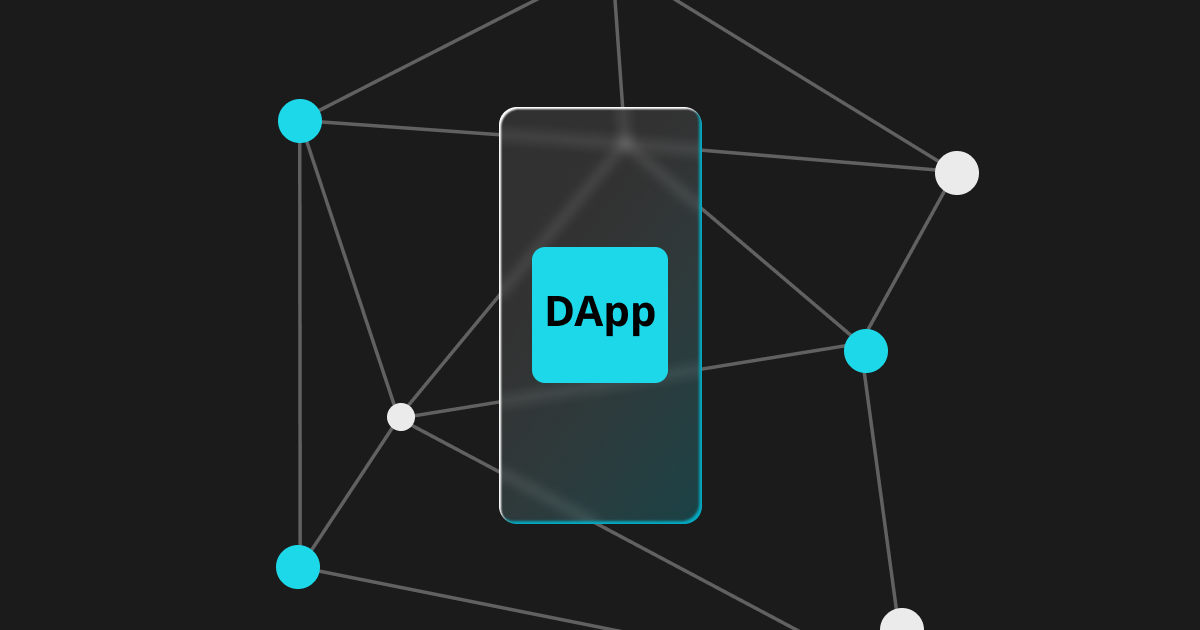
Cross-chain Wallet Development: How to Achieve Unified Management of Multiple Blockchain Assets?
In the Web3 ecosystem, different public chains (such as Ethereum, Bitcoin, Solana, Cosmos, etc.) operate independently of each other, making it difficult for data to interconnect and restricting asset migration. With the continuous development of the crypto market, users' demand for cross-chain wallets is increasing. They hope to manage assets on multiple chains in one wallet, avoiding the cumbersome process of account switching and cross-chain fund operations.
So, how to develop an efficient, secure and scalable cross-chain wallet? Below, we will provide a detailed analysis of the key points of multi-chain asset management from aspects such as core technologies, architecture design, and implementation plans.
I. Core Demands and Challenges of Cross-Chain Wallets
1. Demand Analysis: What do users expect?
An ideal cross-chain wallet should possess the following capabilities:
Support multi-chain asset management (ETH, BTC, BSC, Solana, Polygon, etc.);
No need to frequently switch wallets, providing a unified account system;
Support cross-chain transfers to enhance liquidity;
Compatible with DApps and supporting ecosystem applications such as DeFi and NFT;
Ensure security and prevent the risk of private key leakage and attacks.
2. Technical Challenges: What are the difficulties of cross-chain wallets?
The underlying structures of various public chains are different, such as UTXO model (Bitcoin) vs. account model (Ethereum).
Smart contract interoperability issues: such as EVM compatibility (Ethereum/BSC/Polygon) and non-EVM chains (Solana).
The security of Cross-chain asset circulation: How to Prevent double-spending Attacks and On-chain bridge Vulnerabilities?
Compatibility of private key Management: How to support simultaneous management on multiple chains without increasing risks?
Ii. Analysis of Key Technologies of Cross-Chain Wallets
To achieve a true cross-chain wallet, the following technical solutions are indispensable:
1. Multi-chain compatible architecture: Supports EVM and non-EVM chains
Cross-chain wallets need to be compatible with both EVM-compatible chains (such as Ethereum, BSC, Polygon, etc.) and non-EVM chains (such as Bitcoin, Solana, Cosmos, etc.). Common architectures include:
Direct integration of multi-chain nodes (FullNode) : The wallet runs multiple blockchain nodes locally, but the storage cost is high and it is not suitable for mobile devices.
It adopts third-party API solutions (such as Infura, Alchemy, QuickNode) to provide blockchain access capabilities, which is lightweight and efficient.
Modular architecture: Develop independent SDKS for different chains and achieve interoperability through cross-chain communication protocols such as IBC and LayerZero.
2. Account Management: Unified Key Derivation System (HDWallet)
BIP39+BIP44 mnemonic phrase solution: Derive private keys for multiple chains through a set of mnemonic phrases, compatible with ETH, BTC, SOL, etc.
MPC (Multi-Party Computation) wallet: Split private keys to multiple devices to enhance security. Representative projects include Fireblocks and ZenGo.
Smart contract wallets (AccountAbstraction) : such as EIP-4337, enhance security and availability.
3. Cross-chain asset interaction: Utilize bridging protocols
Cross-chain Bridges are the core technology for achieving asset intercommunication. The mainstream solutions include:
HTLC (Hash Time Lock) mechanism: It is often used for cross-chain transfers between BTC and ETH (such as LightningNetwork).
Lock-mint model: Assets are locked on Chain A, and equivalent tokens (such as WBTC) are minted on Chain B.
Cross-chain communication protocols (such as CosmosIBC, LayerZero) : Ensure data consistency and support smart contract interaction.
4. Transaction Management: Enhance the efficiency of cross-chain transfers
DEXAggregator: Optimize the cross-chain exchange experience through DEX aggregators such as 1inch and Matcha.
Layer2 technologies (Rollups) : Reduce transaction fees and accelerate transaction confirmation (such as zkSync, Optimism).
Gas fee optimization: Supports users to pay Gas with USDT, ETH, etc., enhancing convenience.
Iii. Architecture Design of Cross-Chain Wallets
Typical architectural layering
Cross-chain wallets are generally composed of the following parts:
User end (Web/ mobile end) : Provides UI interface, supporting multi-chain switching, asset display, and transaction management.
Account management layer: Based on BIP44, it uniformly manages private keys and supports social recovery, MPC solutions, etc.
Blockchain data layer: Obtain on-chain data through node apis or RPC and monitor asset changes.
Cross-chain bridging layer: Interact with protocols such as LayerZero, IBC, and Wormhole to achieve asset transfer.
DApp interaction layer: Integrates SDKS such as WalletConnect, Web3, and js to support DeFi and NFT transactions.
2. Cross-chain transaction process
Suppose a user wishes to transfer USDT from Ethereum to BSC through a cross-chain wallet. The possible implementation process is as follows:
Users initiate cross-chain transactions and select the source chain (ETH) and the target chain (BSC).
The wallet invokes cross-chain bridge protocols (such as Wormhole) to lock USDT on the ETH chain and generate cross-chain proofs.
The target chain (BSC) receives cross-chain proofs and mints equivalent USDT (mapped assets).
Users can use USDT on BSC to complete asset transfer.
Iv. Security Strategies for Cross-Chain Wallets
The security of cross-chain wallets is of vital importance. Here are some necessary security precautions:
1. Asset security
Multi-signature &MPC technology: Enhance the security of private key storage and prevent single points of failure.
Smart contract security audit: Preventing cross-chain bridge contract vulnerabilities (such as Wormhole2022 being hacked for 300 to 200 million US dollars).
2. Transaction security
Prevent replay attacks: Each transaction is bound to a unique Nonce to avoid duplicate submissions.
DApp authorization management: It provides an authorization revocation function to prevent malicious contracts from accessing assets for a long time.
3. Prevent phishing and fraud
Integrate the DApp credit scoring system to alert users to risky transactions.
Enable the transaction whitelist to prevent malicious contracts from invoking user funds.
V. Future Development Trends of Cross-Chain Wallets
1. Full-chain interconnection (Omnichain) technology
LayerZero uses an "ultra-light client" to achieve cross-chain message transmission, reducing Gas costs.
CosmosIBC is gradually expanding to more blockchains to achieve asset intercommunication without intermediaries.
2. Account Abstraction and Smart Wallets
EIP-4337 Account Abstraction: Enabling wallets without private keys and supporting social recovery.
Smart contract wallet: Automated transactions, batch signatures, and enhanced user experience.
3. AI+Web3 Security Protection
AI risk control: Real-time detection of suspicious transactions to prevent the leakage of private keys and the theft of funds.
Identity verification (DID) : Combined with zero-knowledge proof (ZKP), it enhances privacy protection capabilities.
Conclusion
Cross-chain wallets are an important infrastructure of the Web3 ecosystem. They not only simplify users' management of multi-chain assets but also provide a smoother experience for various applications. If you are considering developing a cross-chain wallet or want to optimize your existing wallet solution, we welcome you to exchange and discuss. Shenzhen Longlian Technology has been deeply engaged in the industry for over a decade. From project planning, technical development to after-sales support, we offer one-stop services. If you want to develop a blockchain project, we will be your best choice. Welcome to consult for free.





